Arai has a couple of new options this year; the popular Arai Signet-Q (review) gets a “Pro Tour” option and 2014’s Arai Defiant (review) also has a doppelgänger, with the Defiant Pro Cruise version.
The Pro Tour and Pro Cruise treatments include the Arai Pro Shade sun visor (review), fitted to the SAI Max-Vision face shield that’s Pinlock-ready.
Arai also throw in the Pinlock insert and both helmets get the new ” “Eco Pure” liner, cheek pad and neck roll system with the, a softer and noticeably more comfortable difference over the standard Arai fare.
Oh, and there’s a slightly revised ear pocket shape in the EPS and a different cheek pad contour which adds a shallow recess for intercom speakers, apropos for a “touring” and/or “cruising” helmet.
Since the Max-Vision face shield is a $54.55 option with other Arai helmets and the Pro Shade flip-up/down external sun visor lists for $100.95, you end up saving about 50 bucks or so over buying the accessories later for a base Signet-Q or Defiant.
If you were planning on getting a Pro Shade sun visor anyway, this is a minor bargain.
In this review, we’ll take a quick look at the Signet-Q Pro Tour, which in all other respects is identical to the Signet-Q of 2011, the year it was first produced. For all of the helmet details, please refer to the Arai Signet-Q review.
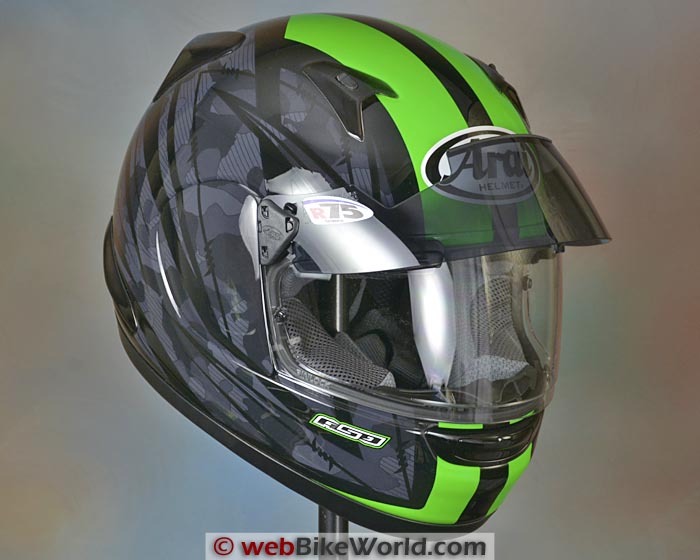
The Pro Tour and Pro Shade Difference
The new Arai Signet-Q Pro Tour takes the very popular “Long Oval” Arai Signet-Q (review) helmet and spices it up by including both the Arai SAI Max-Vision Pinlock-ready face shield with the Arai Pro Shade sun visor (review) and the new “Eco Pure” soft-feel liner.
The secret sauce of the Pro Shade is that it’s external, so it does not compromise the integrity of the helmet shell, thus allowing Arai to maintain a Snell certification for the helmet.
And one more bonus: the Signet-Q Pro Tour is certified to the updated Snell M2015 standard (Report).
OK, so you might think that the Pro Shade looks a bit goofy, but the darn thing works. You wouldn’t want to use it at track day speeds but for everyday riding, cruising, back road blasting and touring, it’s the gnat’s bollocks.
Flip it up and you’ll never know it’s there; flip it down and it’s as good or better as a sun shade than any of those clumsy internal types that impinge on forehead real estate.
And one more thing: the Signet-Q Pro Tour has a newly designed recess in the ear pockets and cheek pads for intercom speakers, so not-quite-long-oval head shapes won’t feel squashed when adding one of the trendy big comm system speaker kits.
The minimal gasket along the bottom of the helmet and the Arai R75 round external shell shape make it pretty easy to fit any intercom.
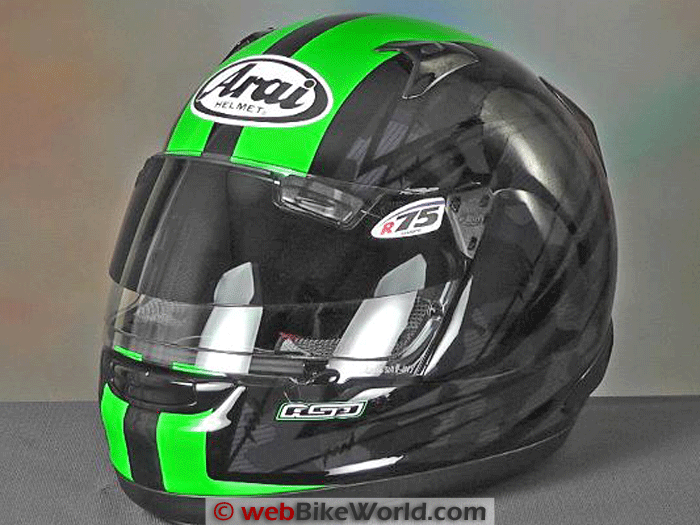
Build Quality Notes
Otherwise, the Pro Tour version gets the same outstanding build quality, paint, graphics and the rest of the normal package components you’d expect in an Arai.
Like other Arai helmets, the Signet-Q Pro Tour uses the Arai R75 shell shape. R75 means “Radius 75 mm”, the minimum radius Arai uses for the external part of the helmet shell.
Their philosophy is that a “rounder, smoother and stronger shell is better able to divert impact energy by sliding across uneven surfaces and glancing off obstacles more easily, as well as helping to minimize excess rotational forces.”
Our Signet-Q Pro Tour also seems quieter than both the Arai RX-Q (review) and Signet-Q we reviewed, perhaps due to the different liner.
“Scheme” Graphics
The Signet-Q Pro Tour you’re seeing here is the first of the about-to-be-released (February 2015) “Scheme” graphics, which will be available in both Kawasaki green and Yamaha blue. It’s one of the coolest graphics going and the green color adds some nice visibility.
The dark area on each side is a camouflage pattern with barbed wire, believe it or not.
There’s a nit to pick, however. The brow vents in the Max-Vision face shield on our example are very loose, as you can see in the video below. This is a disappointment on a helmet with a list price of $789.95 (for the Signet-Q Pro Tour in the Scheme graphics).
Otherwise, the helmet feels solid as Gibraltar and it feels comfortable and secure.
Fit, Internal Shapes ‘n’ Things…
We reviewed the Arai Signet-Q in October 2011 when the helmet was first released. Coincidentally, we also had a new Arai RX-Q (review) available at that time for a review.
In both reviews, we discussed our feeling that Arai internal helmet shape profiles have changed somewhat over the years. Back in the days of the Arai Vector (review), the Arai “Long Oval” shape was as sharp as a blade.
But the post-2010 Arai helmets seem to have less radical internal shapes that now converge very close to what we call “Neutral” (more on this in the webBikeWorld Motorcycle Helmet FAQ and theMotorcycle Helmet Reviews by Shapes page).
Our suspicions were further reinforced with the demise of the Arai Quantum II (review) with its “Round Oval” shape.
Arai now no longer sells helmets with that shape in the U.S.A., which is very unfortunate and it’s a double blow, because there are very few “Round” shaped helmets available for sale by any manufacturer.
The normalization of Arai shapes is somewhat of a balm though. Back in the day, trying to fit a “Round” head in an Arai “Long Oval” shaped helmet was like trying to fit a square peg in a round hole.
It just didn’t work and the sides of the helmet felt like a vise to those with anything other than a blade-like skull shape.
Now the Arai shapes have converged towards the mythical “Neutral”, enough so that the differences between the “Long Oval” Signet-Q and Signet-Q Pro Tour and the “Intermediate Oval” RX-Q aren’t quite as dramatic and, in fact, it’s somewhat difficult to distinguish between the two.
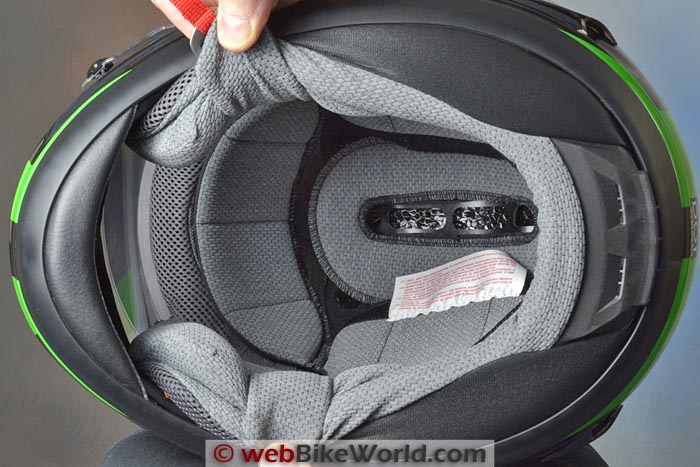
Signet-Q vs. RX-Q Fit Notes
We have both the Signet-Q Pro Tour and the RX-Q here in size large and trying both on and off several times, the difference is felt along the upper sides and crown of each.
The Signet-Q Pro Tour does feel slightly narrower at the sides and top, while the RX-Q feels like it’s a bit wider at the upper sides and has a rounder shaped crown.
Rick’s round head, fits quite comfortably in the RX-Q and the big surprise here is that the “Long Oval” shape used in the Signet-Q Pro Tour also works for him with no discomfort.
We haven’t even removed the 5 mm thick pads in back of the headliner, which would add even more room for round-shaped heads.
Another surprise is that the Signet-Q Pro Tour fits with eyeglasses, as does the RX-Q. Straight-temple eyeglasses slip on with no problem, despite the slightly narrower sides of the “Long Oval” shape.
Bottom line? Don’t get too uptight about Arai’s modern shape definitions.
The shape normalization we’ve noted in several recent Arai reviews makes sense from a marketing standpoint, as you’d want to make a product that will be usable by more customers, not fewer.
These two Arai helmets are pretty close to what we call “Neutral” and some fettling of the liner (or swapping out liners and/or cheek pads and the neck roll, all readily available as options) makes for a bespoke fit.
As always, visit a local retailer to try on the various sizes and shapes and don’t forget the many headliner, cheek pad and neck roll options offered by Arai to further customize the fit.
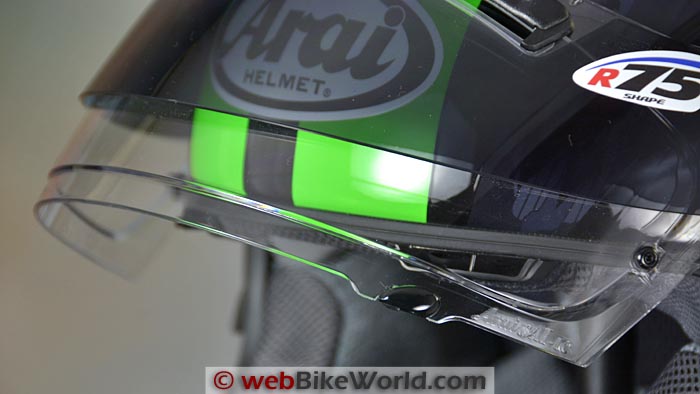
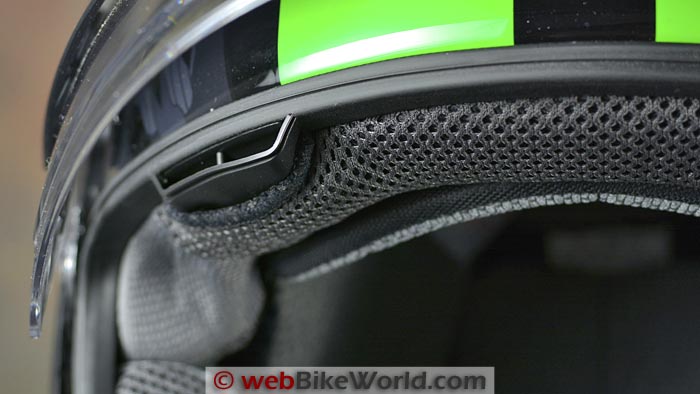
Face Shield, Eye Port and Visibility
Arai had redesigned the helmet shell for the Signet-Q and RX-Q when they were introduced in 2011. The eye port of both helmets is said to be 5 mm wider on both sides compared to the previous versions of these helmets.
Although the difference may not be that noticeable unless you’re comparing back-to-back with an older version of the helmet, the horizontal visibility is excellent and you have to turn your eyes quite far to see the edge of the shell in either direction.
The vertical line of sight is good but not class-leading and the Signet-Q Pro Tour in size large feels a touch short in the front-to-back dimension and the small breath guard touches the nose.
The SAI Max-Vision face shield provided with the Signet-Q Pro Tour is wider to fit the revised eye port and the face shield includes the snap-lock on the lower left.
We did not mount the Pinlock and the Max-Vision face shield has the molded recess for the Pinlock insert which is minimally visible in peripheral vision.
There remains something of a controversy on the use of the Arai side plate system, but I don’t change a face shield that often so it doesn’t bother me one way or the other. It’s different and it takes some practice (here’s how in this YouTube video).
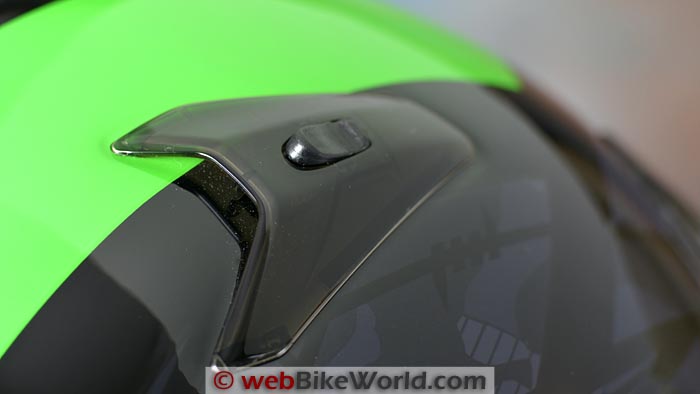
 Vents and Ventilation
Vents and Ventilation
The top vents still have the tiny rocker switches to open or close and they can be difficult to find when wearing heavy winter gloves.
The Signet-Q Pro Tour seems quieter than both the RX-Q and the original Signet-Q and we’re not sure if the Eco-Pure liner has something to do with this or not. The vent scoops have not been changed as far as we can tell.
The chin vent also snaps cleanly open and closed in two positions.
It’s what we call the Arai “sugar scoop” design, found in most Arai helmets all the way back to the Vector-2.
A horizontal slot through the chin bar in back of the chin vent flows air through and the rest of the air is directed up on to the inside of the face shield, providing excellent fog resistance without having to install the Pinlock.
The face shield includes the loose brow ports mentioned above of the type found on other Arai helmets and the rear exhaust vent is similar to the RX-Q design, with a single slider that opens or closes the vents.
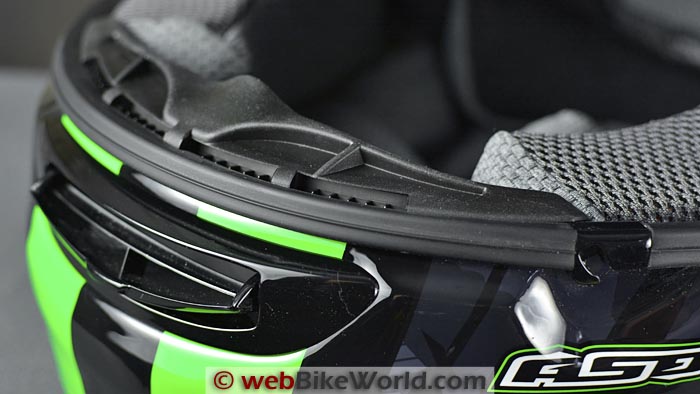
Signet-Q Noise Levels
Overall, the Signet-Q Pro Tour is relatively quiet when riding behind a low windscreen and out in the open. Behind a full windshield, the helmet is very quiet.
We’re not huge fans of the pull-down chin curtain used by Arai and there’s an interesting-looking optional full-sized chin curtain listed, part number 2374 (Price: $19.15) for the Signet-Q Pro Tour.
Unfortunately, the part doesn’t seem to be available at any of the retailers, nor is it available through the Arai online parts ordering system. We have an email in to Arai Americas to see if we can learn more.
Note that our helmet evaluations are a combined effort of several riders over time on different types of motorcycles with and without windscreens.
Evaluators wear correctly fitted, high quality ear plugs (even when evaluating motorcycle intercom systems).
Always protect your hearing when riding a motorcycle. See the wBW Earplug Reviews for more information on choosing and wearing earplugs.
Note also that perceived noise levels will vary, depending on the individual.
Noise can be caused by many factors, including helmet fit, the type of motorcycle and windscreen, wind speed and direction and even the rider’s clothing.
For more information on helmet noise, visit the wBW Motorcycle Helmet Noise page.
Arai Signet-Q Pro Tour video on the webBikeWorld Vimeo Pro channel.
Arai Signet-Q Helmet Weight
This Arai Signet-Q Pro Tour in size L weighs 1677 grams (3 lbs., 11-1/8 oz.).
That means the Eco-Pure liner and Pro Shade add about 50 grams to the original Signet-Q, which weighed 1624 grams (3 lbs. 9-1/4 oz.), coincidentally the same weight as the Arai Quantum II (review) in size XL
The Signet-Q weight compares favorably with the Bell Star 2010 (review) in size L at 1628 grams; the Shoei Qwest (review) in size L at 1648 grams; and the Arai Vector 2 (review) in size L at 1611 grams.
The Signet-Q is heavier than the Arai RX-Q in size L at 1597 grams, probably due to the additional top vent and Pinlock insert in the Signet-Q.
The Signet-Q met the DOT standard and it was Snell M2010 certified. The Signet-Q Pro Tour is certified to Snell M2015.
All of these weights are available on the wBW Motorcycle Helmet Weights page, along with a chart that lists the helmets by weight and shape on the wBW Motorcycle Helmet Shapes page.
Miscellaneous
The Signet-Q has a double D-ring chin strap retainer system, but the padding underneath is once again too short and rather thin, just like very other recent Arai helmet we’ve reviewed.
Arai provides a 5-year warranty on the Signet-Q Pro Tour, which should effectively cover the life of the helmet.
- Solid feel and Arai build quality.
- Outstanding paint and finish.
- Includes Pro Shade sun visor.
- Excellent ventilation.
- Outstanding comfort.
- Internal fit can be customized.
- Internal sun visor works well.
- Thin and short chin strap padding.
- Expensive.
- Loose brow vents in face shield.
- Noise control needs improvement.
Conclusion
The Arai Signet-Q Pro Tour adds some very usable street-oriented features to the popular Signet-Q.
The new Eco-Pure liner is noticeably more comfortable and the Pro Shade sun visor works well, despite its somewhat odd appearance.
The ability to mix and match liners and cheek pads and the removable liner pads in an Arai helmet, along with the choice between the “Intermediate Oval” shape of the RX-Q and others and the “Long Oval” shape of the Signet-Q series means that just about anyone should be able to develop a comfortable and correctly-fitted helmet.
The main issue remains the price; the quality and hand-made construction are going to cost you, but as we’ve said before, for many motorcyclists, there isn’t any other helmet, period.
Owner Comments and Feedback
See details on submitting comments.
From “S.H.” (June 2016): “In most categories it’s great but people are going to buy it for that shade visor. They should not.
It flips down when wind catches it the wrong way and can be alarming if not dangerous depending on the situation.
Plus with it being on the outside vs. inside like most other manufactures, you have to clean two visors and the shade visor is not easy to clean as it gets debris on the underside.
It’s a shame Arai spent so little time engineering and testing this new feature. It’s a fail! I ripped mine off mid ride after the 4th time it flipped down in less that 3 hours. Hope this is valuable to you. Keep up the good work!”


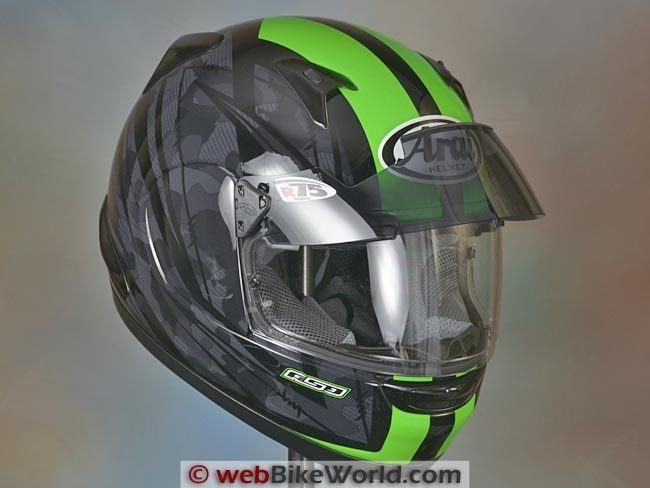
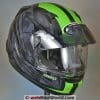
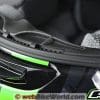
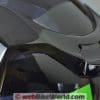
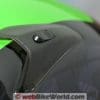
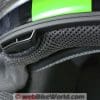
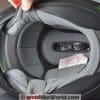
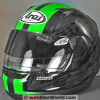
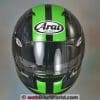
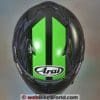
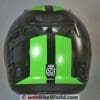
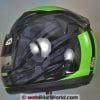
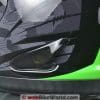
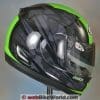
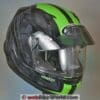
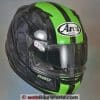
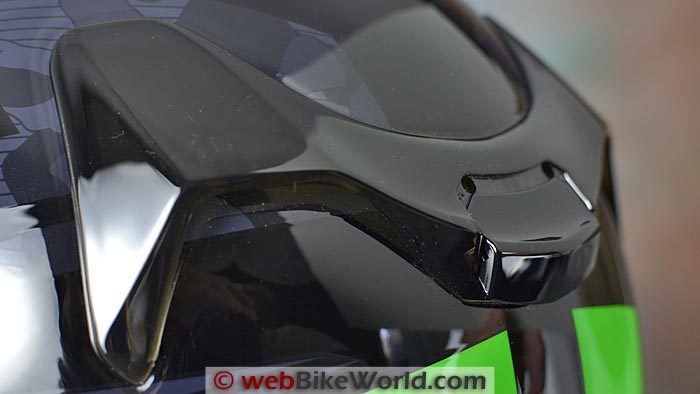 Vents and Ventilation
Vents and Ventilation